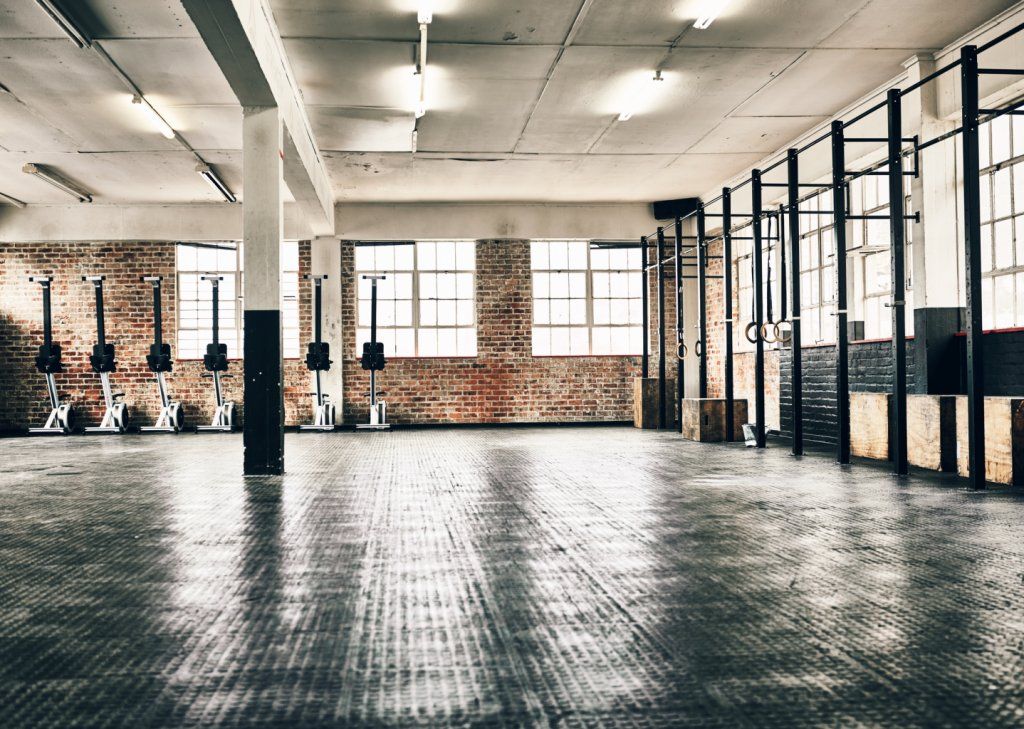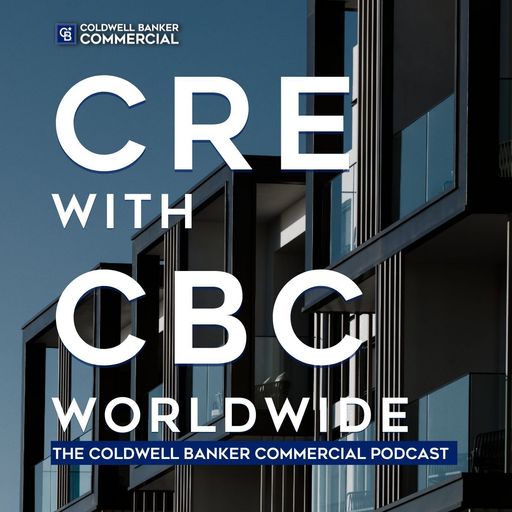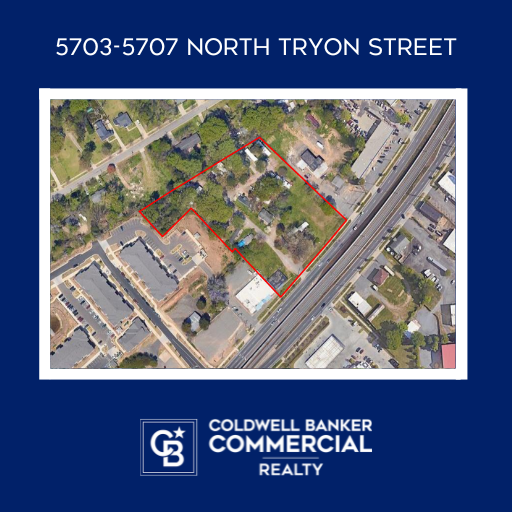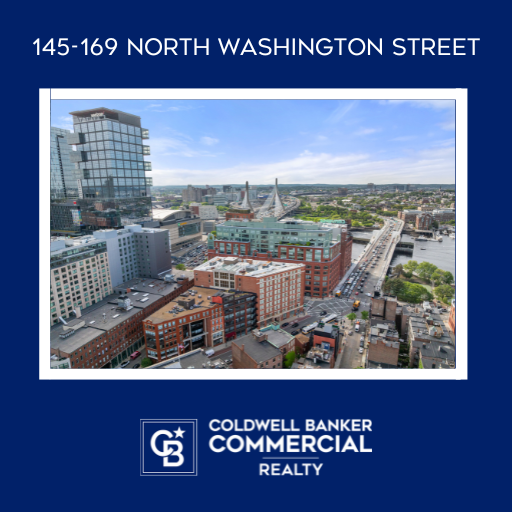Upping Your Office Game with Common Areas

For years, modern and flexible office spaces were the stomping grounds of small, boutique startups and the self-employed creative types. And, while those groups still play a large role in the market, larger and more traditional companies are now beginning to see the benefits of flexible office spaces.
But what, exactly, is a flexible office space? Well, flexible office spaces come in many shapes and sizes (literally). Some are co-working spaces, or rather, offices shared simultaneously be an assortment of individual workers or even small companies. Others are simply a hybrid of different office types, combining cubicles with private offices, and soundproofed rooms with open concept conference spaces.
One thing that nearly all flexible office spaces have in common? Common areas.
Today, businesses are beginning to design office space with these common areas in mind, increasing the overall amount of square footage per employee, when all work settings are taken into account. Or, at least that is the conclusion that architecture and design firm Ted Moudis Associates came to in their recent report, after closely analyzing more than 2 million square feet of their office projects. Many companies are forsaking the traditional office setting and, instead, choosing to expand the selection of alternative common areas to get work done, such as a kitchen or cafe area, a relaxed living room type area, or even secluded quiet zones.
A recent study by Coldwell Banker Commercial Affiliates found that, believe it or not, the physical space of an office can actually help to keep staff happier. This study, which polled Younger Millennials (18-29 years old), Older Millennials (30-34), Gen Xers (35-49), and Baby Boomers (50-69), found that workers want both convenience AND a social scene at the office.
Among the top amenities workers are looking for are food courts, on-site restaurants, outdoor patios, and outdoor lounging space. In other words, as workers spend more and more time at work, offices are becoming more of a center for social activity, with workers continuously demonstrating that they want to be able to work in places other than just at their desk.
Open floor plans and common areas can help facilitate collaboration among colleagues and can bolster creativity within the office, but it is also crucial to remember to carve out private spaces throughout the office to provide employees a break from all the buzz throughout the office and to allow for focused working without distractions. As employee preferences continue to shift, it is imperative that office developers and commercial real estate professionals stay on top of the expectations and wants of today’s workforce.
A Trusted Guide in Commercial Real Estate
Coldwell Banker Commercial® provides Commercial Real Estate Services from Property Sales and Leases, to Property Management. Learn how our expansive network of Independently Owned and Operated Affiliates and Real Estate Professionals use their in-depth knowledge of the local market and industry trends to help businesses and investors navigate the complexities of the commercial real estate landscape.






